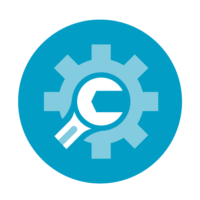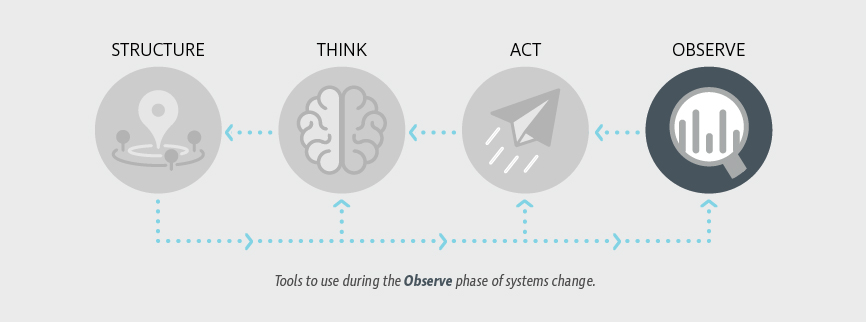Driving Data-Based Decision Making
 |
| Get the Tool |
Using This Tool: Key Questions
Who should use this tool?
Any organization or individual looking to use data to drive change or create greater impact in a local workforce system.
What does this tool help you achieve?
Inform and guide strategy and decision-making by helping you better understanding the problem at hand.
When should you use this tool?
Additional Reading
- Resource: Data Exploration.
- Resource: Making Data More Useful.
- Resource: Qualitative Research in a Workforce Collaborative.
- Blog: “Why We Must Disaggregate Labor Market Data.”
Driving Data-Based Decision-Making
When we talk about making more strategic decisions or achieving greater impact in workforce development, this often means collecting, tracking, and using data more effectively. To help us understand what is really happening, this data must be disaggregated or contextualized.
When changing systems, multiple data sources may be needed to measure and encompass the problem you’re trying to understand. Resources such as DataUSA provide insights by industry, region, and occupation. The National Fund has resources related to advancing workforce equity and on data-informed strategies for partnerships and employers. As you continue to refine your process and approach, consider these questions:
- Are you focused on a process or outcome?
- Does your data reveal any barriers? What are you not seeing?
- Can you provide more qualitative evidence or context?
- What may be missing?
Explore Related Tools
Analyze Local Labor Market Conditions
Review how to conduct a labor market analysis.
Go to Analyze Local Labor Market ConditionsConduct Effective Focus Groups
Review high-level guidance on how to run a focus group and gather applicable insights.
Go to Conduct Effective Focus GroupsFacilitate Successfully
Review guidance on successful facilitation of meetings, particularly virtual meetings.
Go to Facilitate SuccessfullyAchieve Consensus
See an approach to collaborative decision-making that is just and equitable.
Go to Achieve ConsensusUnderstand the Story Behind the Data
Understand contributing and restricting factors for any given data trend.
Go to Understand the Story Behind the Data
